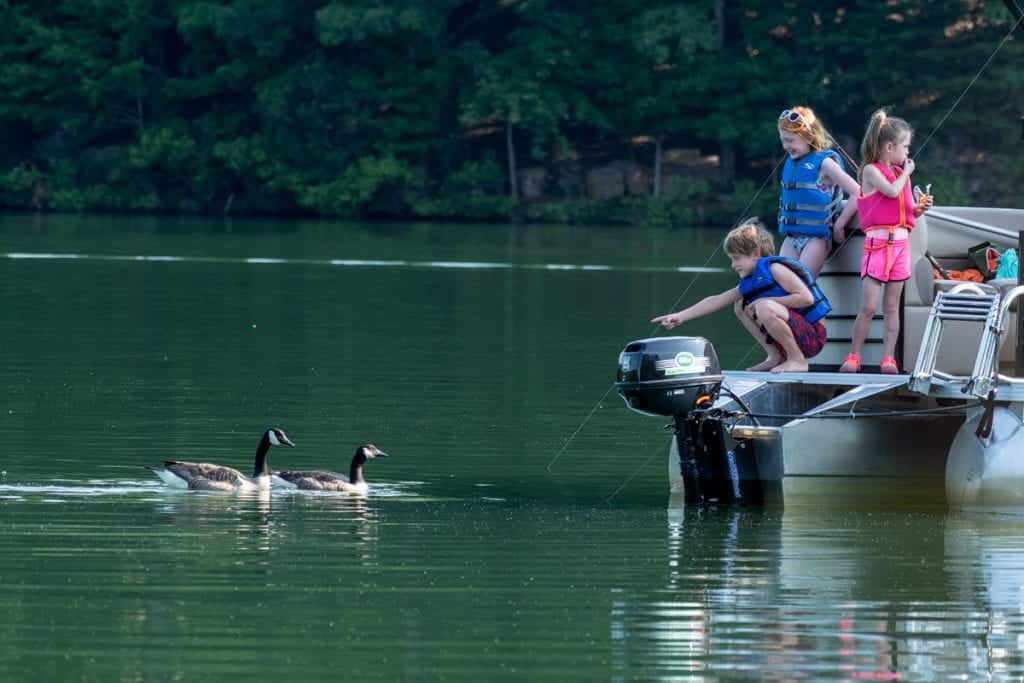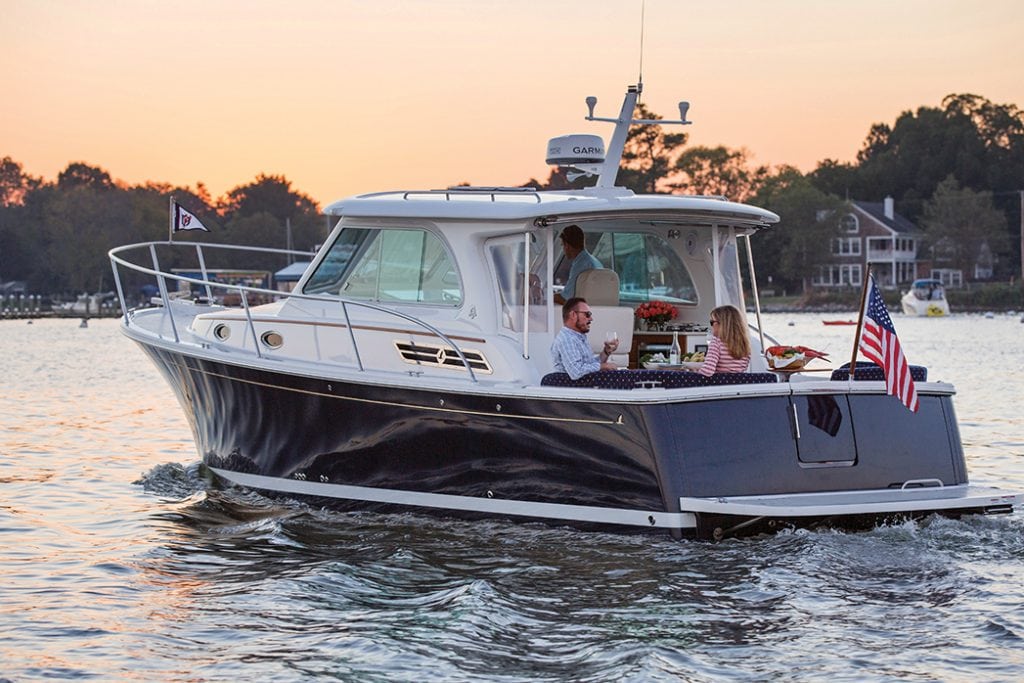Elco Electric Motoryachts
Is There an Electric Outboard in Your Future?
Given the dire warnings about climate change, in the National Climate Assessment released last November by the United States Global Change Research Program, it would seem any skippers with the ability to cut back their carbon footprint might be thinking about doing so.
That said, it’s likely that even bigger changes, beyond the individual efforts to save the planet, are ahead for boaters, especially should we grow less dependent on gas and oil. The use of solar energy, for example, is bound to become a more integral part of the on-water experience, and electric motors are making significant inroads.
Elco Motor Yachts
That last point is one that Elco Motor Yachts, LLC has been working toward for 125 years. Located in the Northeast, not far from the Hudson River in Athens, New York, the company has been making electric inboard and outboard motors as well as custom boats since 1893. In fact, Elco boats ferried more than a million people at the Chicago World’s Fair that year and the builder launched 55 original models. Today, Elco offers electric motor systems ranging from 6- to 100-hp on the inboard side and from 5- to 50-hp in outboard options, including three new outboard models released this past fall: the EP5, EP30, and EP50.
“Our outboards have been receiving a lot of interest over the past few years,” explains Dean Heinemann, director of sales at Elco. “We use a design that looks like a traditional gas outboard and any of our models can be used with a port or starboard side mount, a top mount, a dual-throttle system, or even a conversion kit to keep your current throttle system intact. All are saltwater ready and available with long or short shafts and tiller or remote throttle control.”
According to Heinemann, Elco’s outboards feature all-aluminum casting for superior strength. The new EL5 runs on 24 volts and pushes a 10-foot dinghy with ease while the EL50, by comparison, matches up well with larger craft, including pontoon boats to 36 feet in length. “Any vessel on which you’ll run the engine from 3 to 8 hours a day is a good candidate for an electric motor,” says Heinemann. “That’s how long you have before the batteries need recharging.”
Why Electric?
But really, why would electric motors catch on now after having been available for more than a century with minimal fanfare? “The car market has helped bring electric motors into focus,” says Heinemann. “People are now seeing the benefits of electric motors on a regular basis. They are quiet, clean and efficient. They have zero exhaust and a very small carbon footprint if the batteries are charged with solar or wind power.”
Furthermore, points out Heinemann, electric outboards have no transmission, so they require almost no maintenance and allow northeast boaters, in particular, to easily extend their boating season. “We have New England customers running vessels into late December whereas gas engines just don’t love the cold,” he says. Size-, weight- and price-wise, electric outboards these days fall within roughly 10 percent of gas motors, but that’s not counting battery purchase or a battery banks’ weight. Both of those factors are offset to some degree by not having to purchase or carry a fuel tank, but the bigger you go, the more voltage you’ll need. Elco’s EP5 is a 24-volt unit. Their 9.9-, 14- and 20-hp outboards run on 48 volts. The 30- and 50-hp motors require 96 volts.
“Think of battery purchase as paying for your fuel in advance,” suggests Heinemann. “It is an investment both in your boating pleasure and the environment, but if you go with high quality, deep-cycle AGM battery, it might last for six to eight years. Lithium batteries, which are newer to the market, can last as long as twenty years.”
By Tom Schlichter, Southern Boating
February 2019













